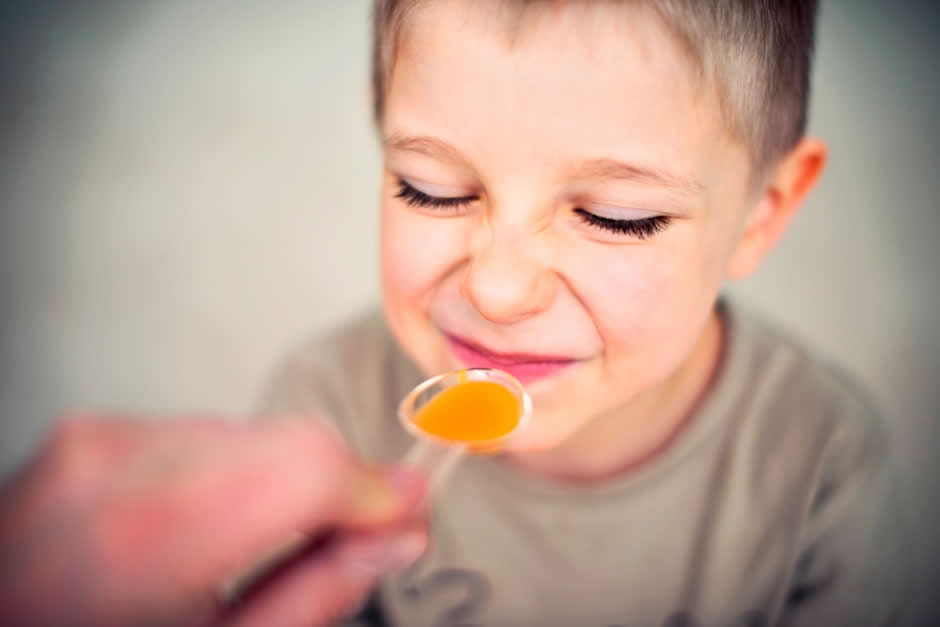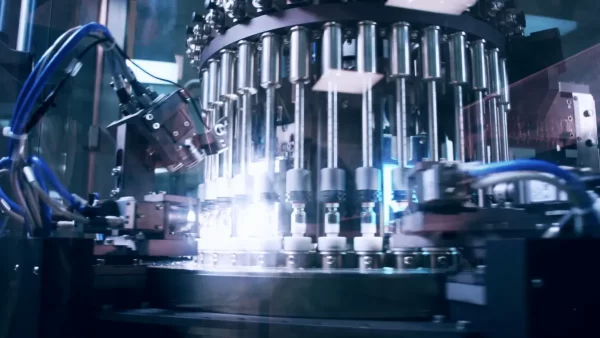A Meiji University scientist has invented a method for digitally reproducing taste and flavour in the same just as we do for sound.
In the pharmaceutical industry, taste masking of bitter products intended for oral administration is often undertaken during the product formulation stage. The effectiveness of taste-masking methods
Since flavour is a dynamic sense that is influenced by formulation ingredient, effective assessment of taste masking requires actual sensory analysis to be done on the drug product in its final formulation. If the drug product is potent or cytotoxic then sensory analysis may not be possible.
An alternative approach is the use of an electronic tongue – which relies on converting molecular information in a product to generate a signature that can be related to certain qualities of the product, for example, acidic, bitter, salty, etc. nevertheless, the electronic tongue has disadvantages, notably, the need for a huge amount of previous measurements for calibration.
Thanks to Dr. Homei Miyashita, a professor in the aptly named Department of Frontier Media Science, Meiji University, Japan, formulators of drug products will be soon be able to accurately taste and profile their formulations without needing to sniff or taste any product.
Dr. Miyashita interest in food and taste goes a long way back to when he was a child. He has undertaken research on technology and the human senses while at Meiji University, culminating in the Norimaki Synthesizer.
You can read more about Dr. Miyashita’s device through this link: https://meiji.elsevierpure.com/en/publications/taste-display-that-reproduces-tastes-measured-by-a-taste-sensor






